How did you get into making art?
Art is always how I’ve processed the world, even as a kid. It was a way for me to create new worlds or imagine different futures.
Nic Dyer on art as a means to process the world, an evolving practice that incorporates a major identity change, & making work about an ongoing recovery from disordered eating.
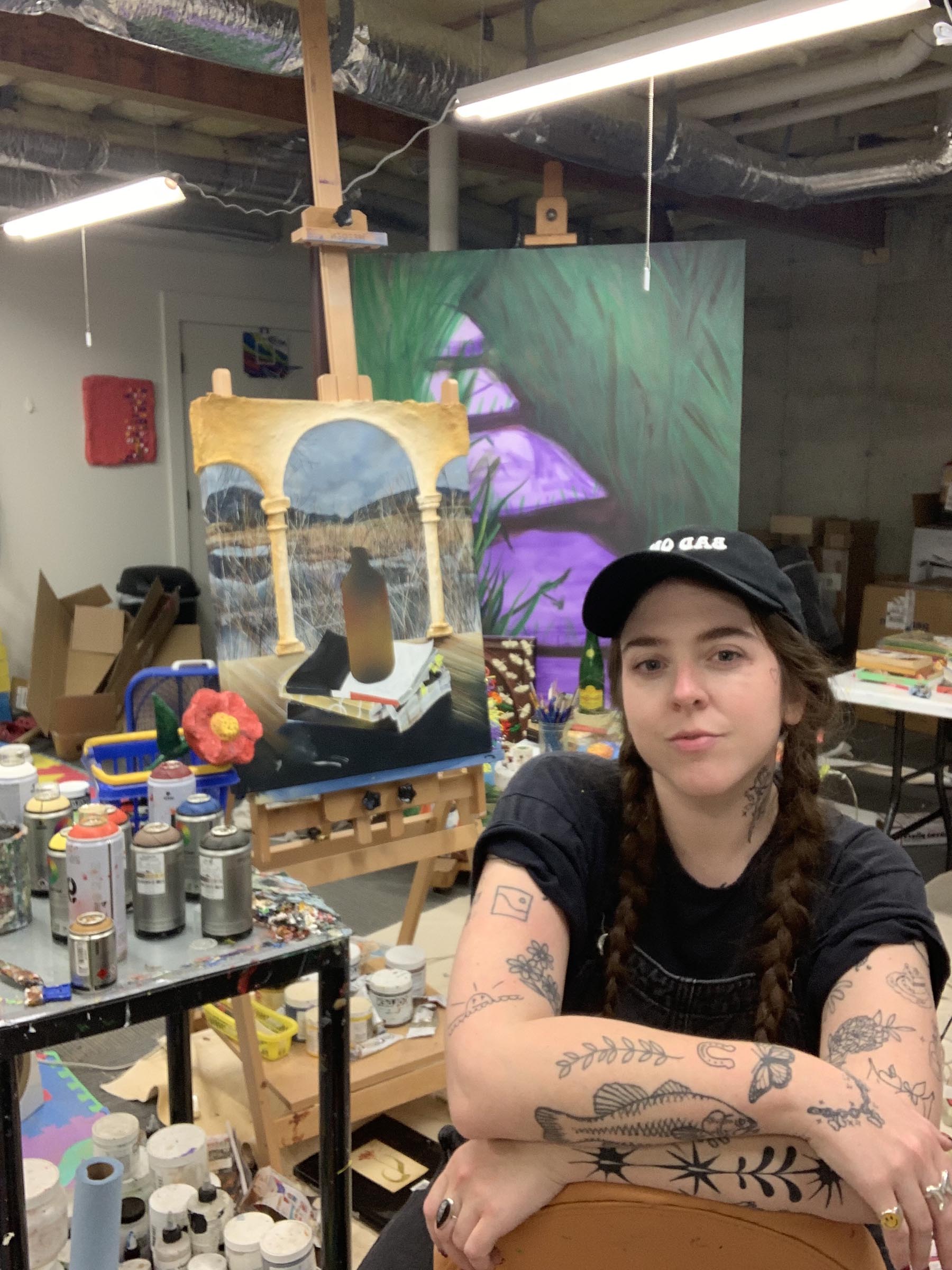
How did you get into making art?
Art is always how I’ve processed the world, even as a kid. It was a way for me to create new worlds or imagine different futures.

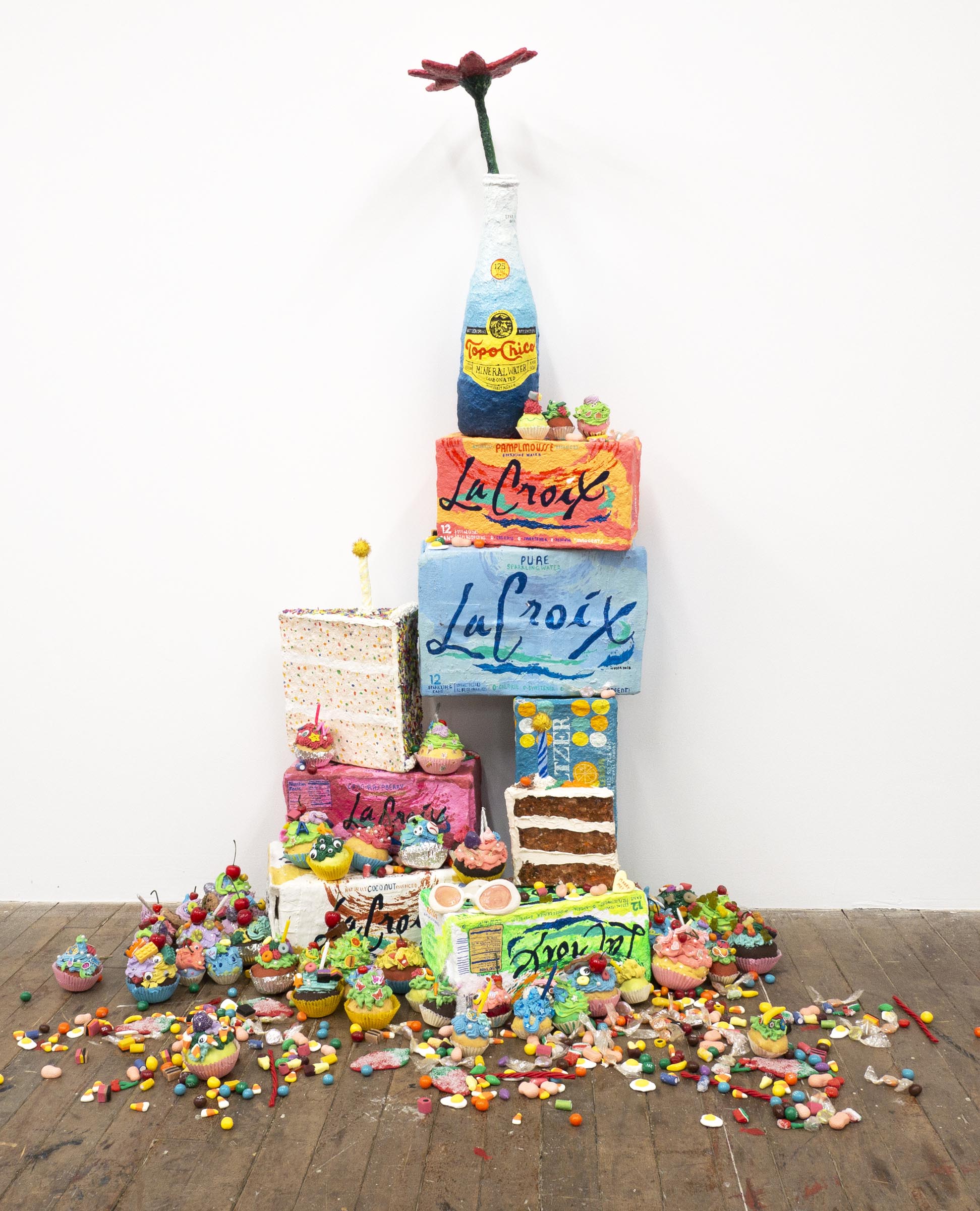
What are you currently working on?
My work has evolved a lot since moving from Baltimore to upstate New York a year ago. When I lived in a city I gravitated towards the chaos and density of grocery stores, potlucks, and tiny bedrooms packed to the brim; now my work is all landscapes, fallen fruit, moths, stillness. I’ve become absolutely obsessed with painting individual blades of grass—despite the tortuous detail—placing luscious cakes and weeping fruits and little trails of ants between the blades. The work is much calmer than my previous paintings but I’m attempting to patiently allow myself to explore and develop this new direction. It feels like a major identity change—something I’ve felt in many ways this year.

For over a decade my work has been about my journey and ongoing recovery from disordered eating.
Nic Dyer
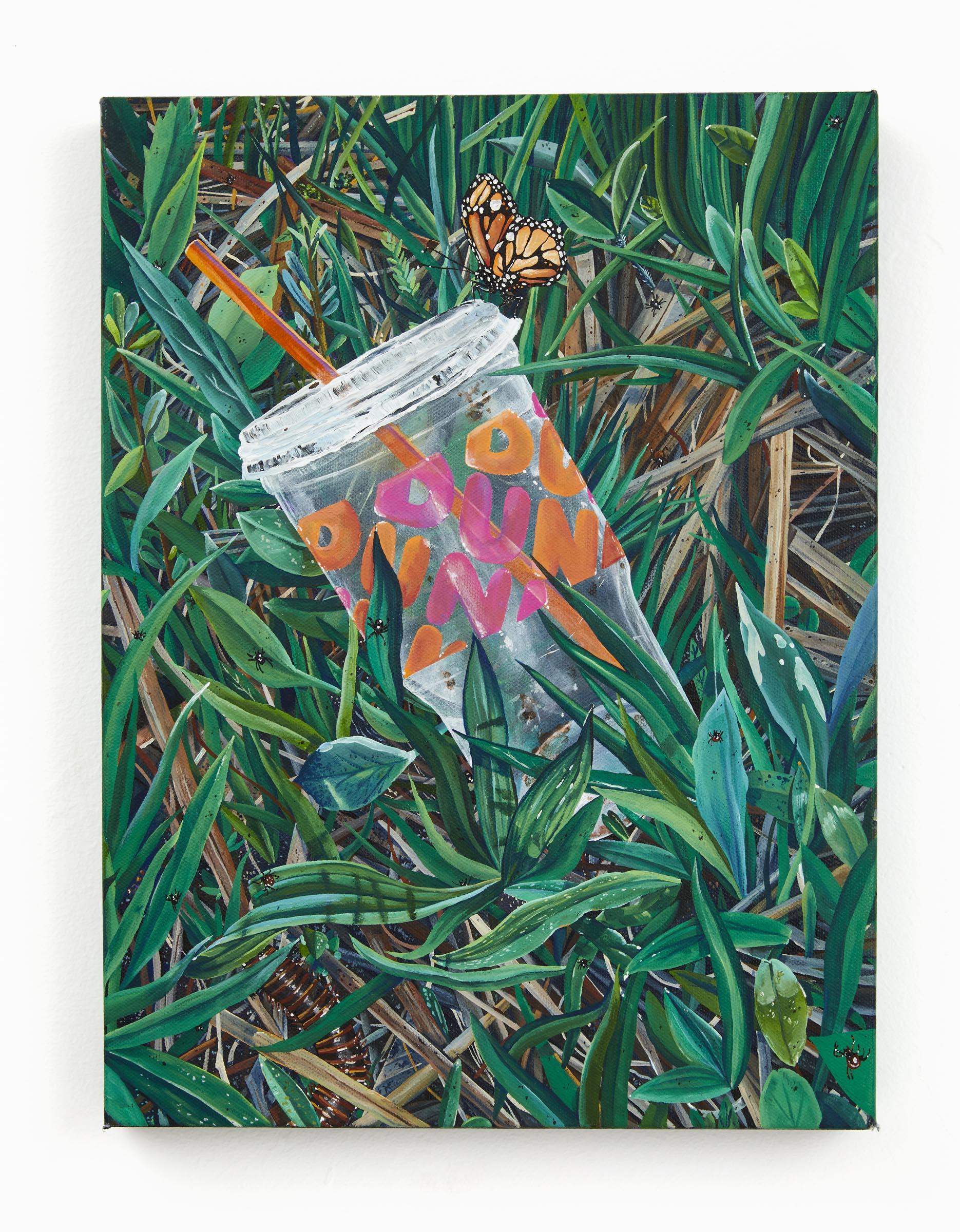
What inspired you to get started on this body of work?
For over a decade my work has been about my journey and ongoing recovery from disordered eating. Since the age of 11, I compulsively whittled down the number of foods I allowed myself to eat until eventually, I was left with just one. As my food list shrank, my paintings ballooned: domestic landscapes crowded with health books and food wrappers and children’s toys, the paint itself bloated with glitter and candy and sea glass. The resulting work was kleptic and obsessive, adorned with shiny objects like a magpie’s nest. As my identity has evolved, so has that disorder, and in turn, so has the work.

Do you work on distinct projects or do you take a broader approach to your practice?
My art practice is broadly centered around my relationship with food, but within that general idea I pursue different bodies of work that explore specific themes or motifs.
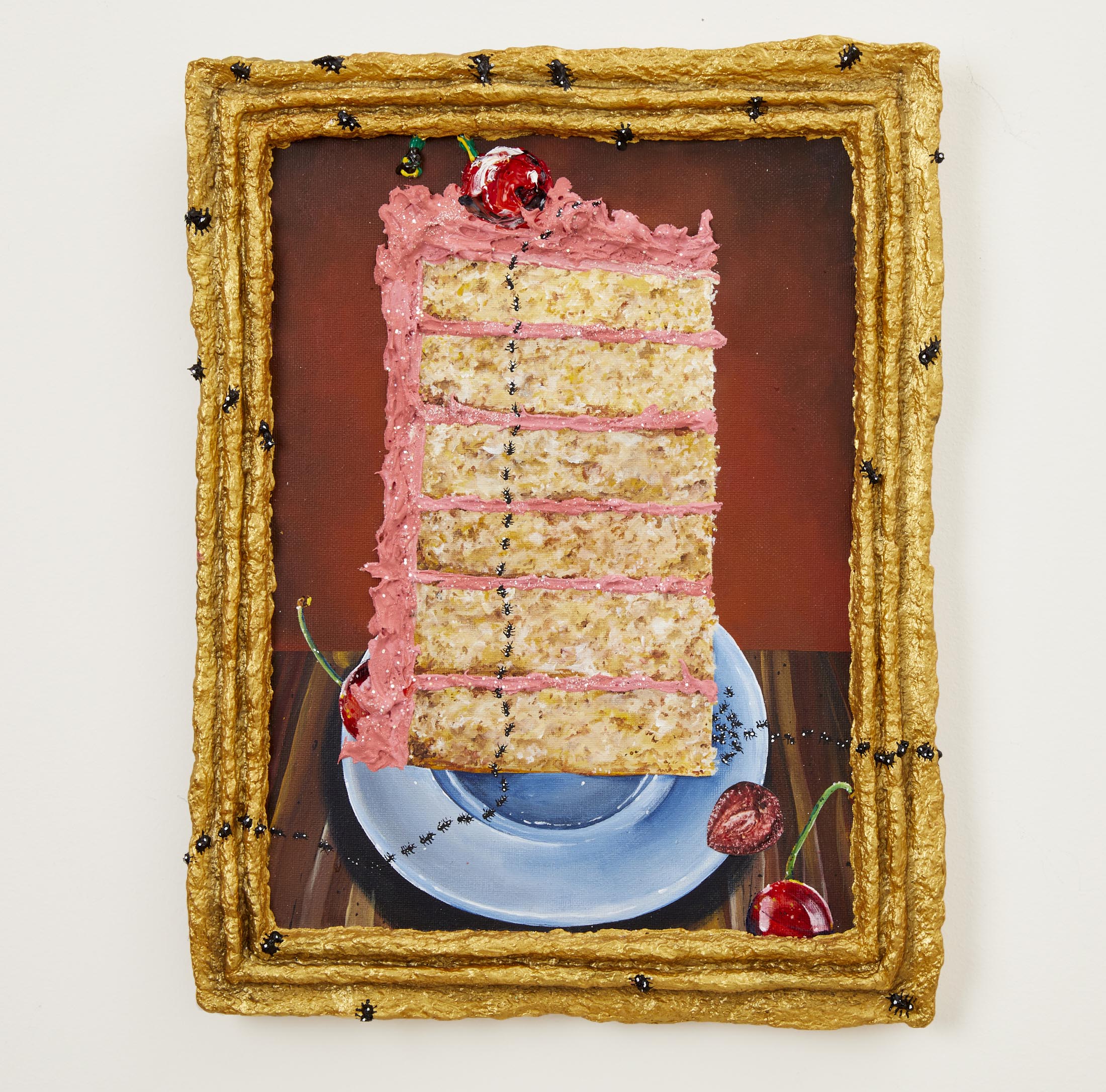
What’s a typical day like in your studio?
Recently I’ve been starting my studio time around 6pm with a big coffee. I turn on all my overhead lights on one by one (even though there is literally a more efficient way) and then putz around (cleaning up, organizing, sitting on my phone in my giant bean bag chair, eating dinner). Putzing lasts up to an hour, and I consider it sort of a warm up before I’m finally ready to look at my painting. While I work, I cycle between listening to podcasts or music and FaceTiming my friends who keep similar studio hours. I paint until I feel like stopping—lately between 3 and 6 am—and drive home while keeping an eye out for bears in the pre-dawn.
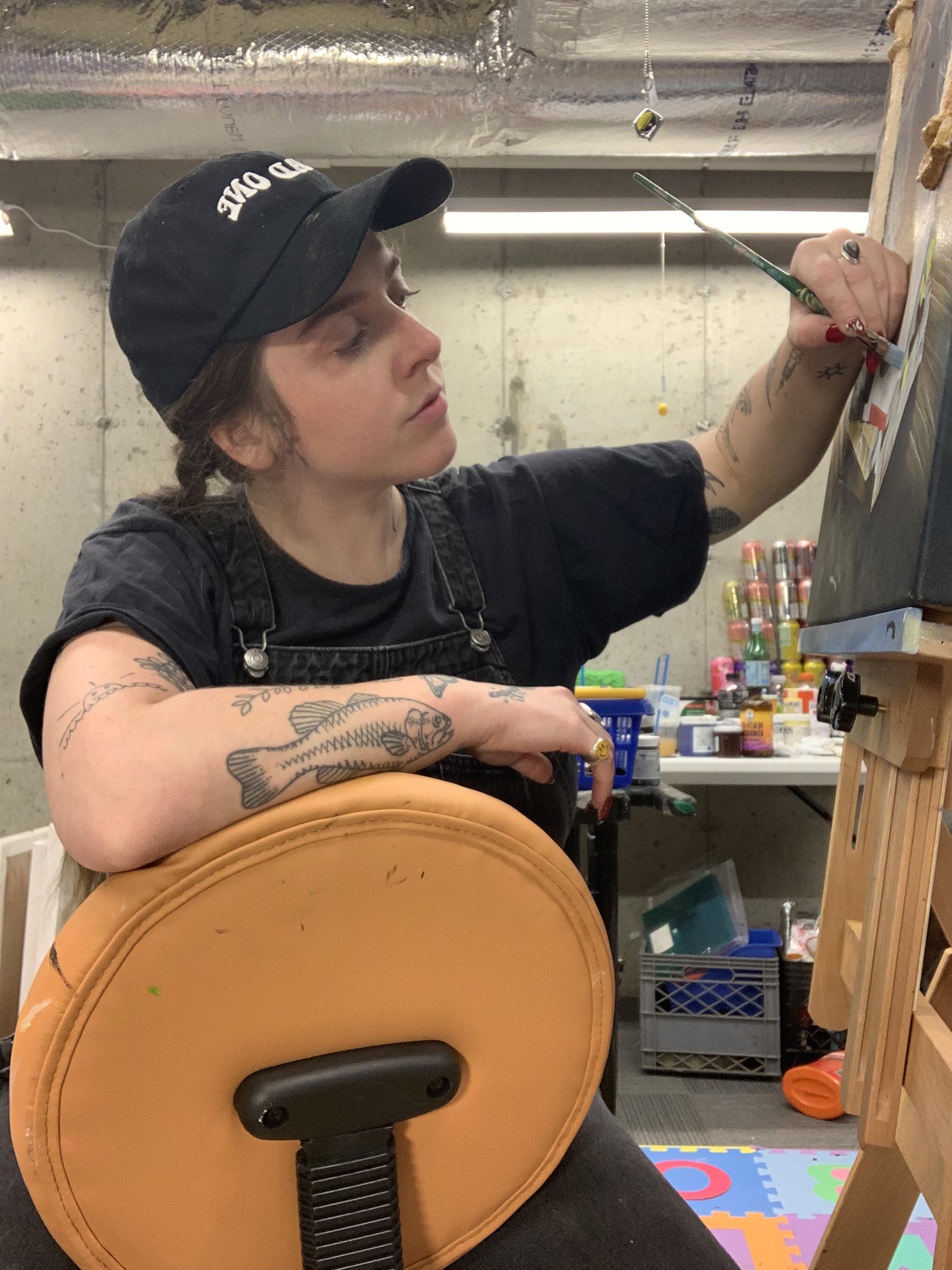
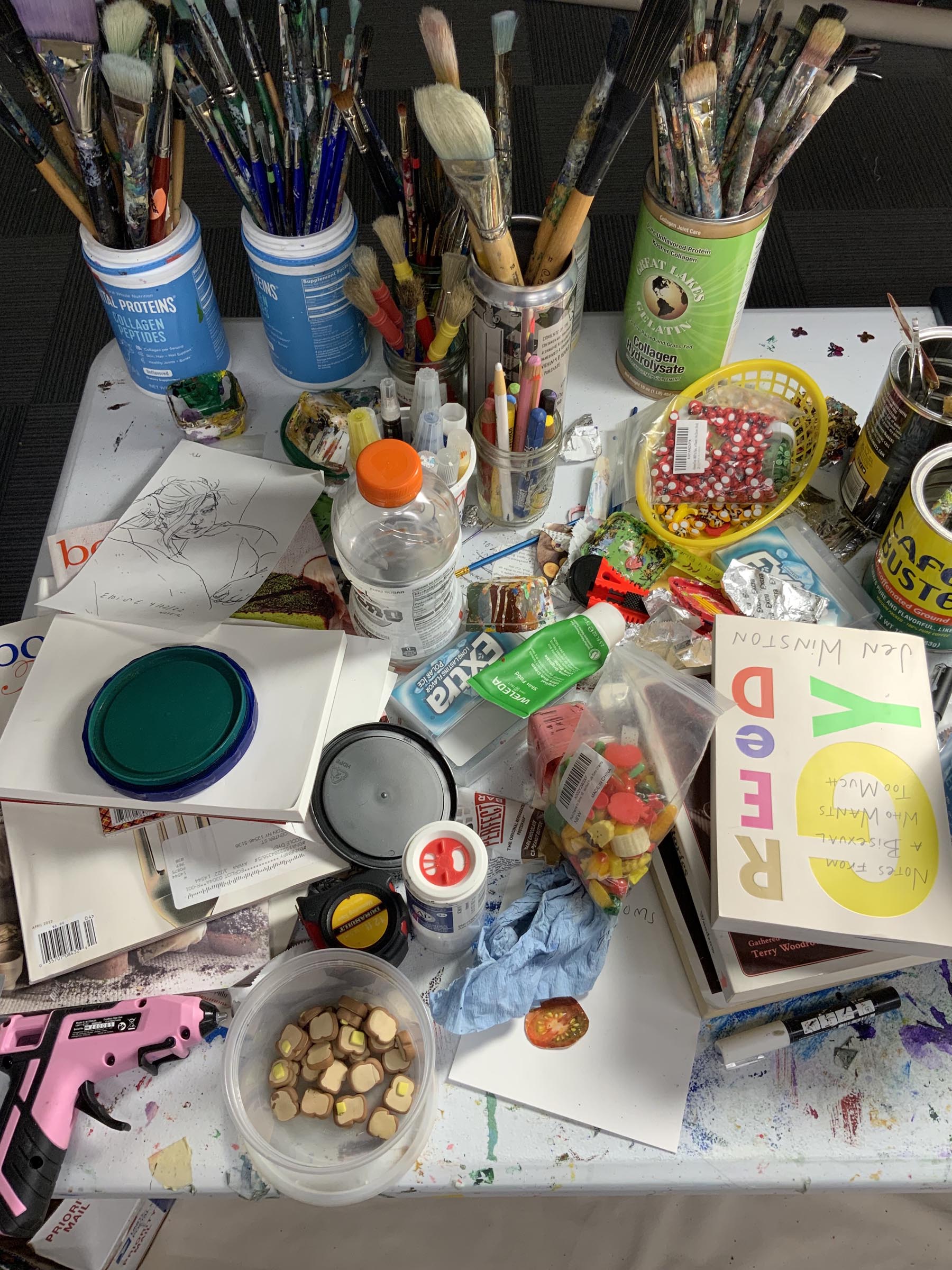

Who are your favorite artists?
I’ve always been extremely inspired by my peers—two of my best friends are Stephanie H. Shih and Kate Klingbeil, who inspire me both technically and professionally. I love looking at the work of other contemporaries (Dominique Fung, Sasha Gordon, Drew Dodge, Paul Wackers) as well as the greats (Tracy Emin, David Hockney, Nicole Eisenman). But honestly, my one and only trip to the Rijksmuseum in Amsterdam—particularly the floor of 16th-17th century Dutch paintings—kind of changed my life.
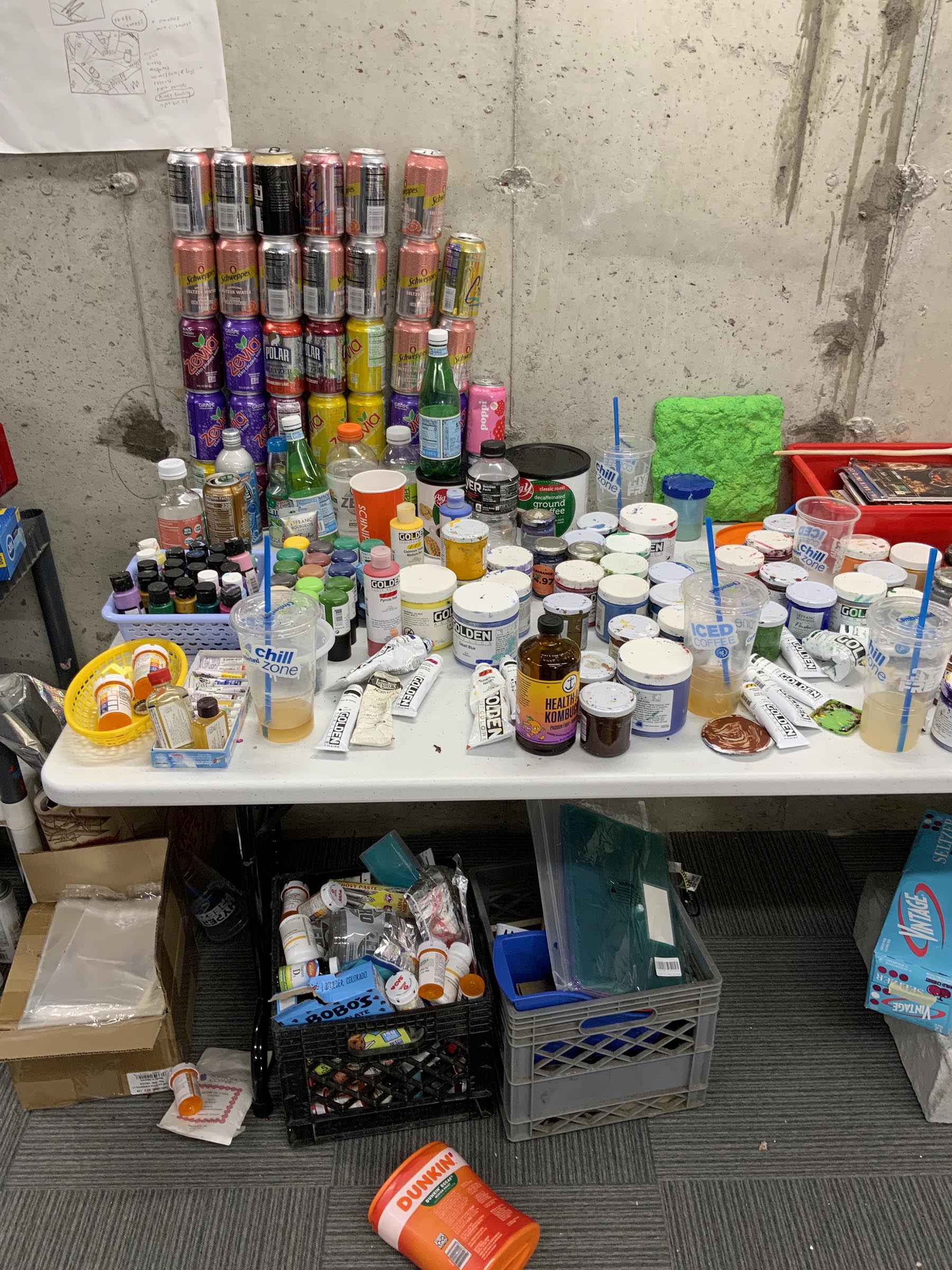
Where do you go to discover new artists?
Instagram and word of mouth.
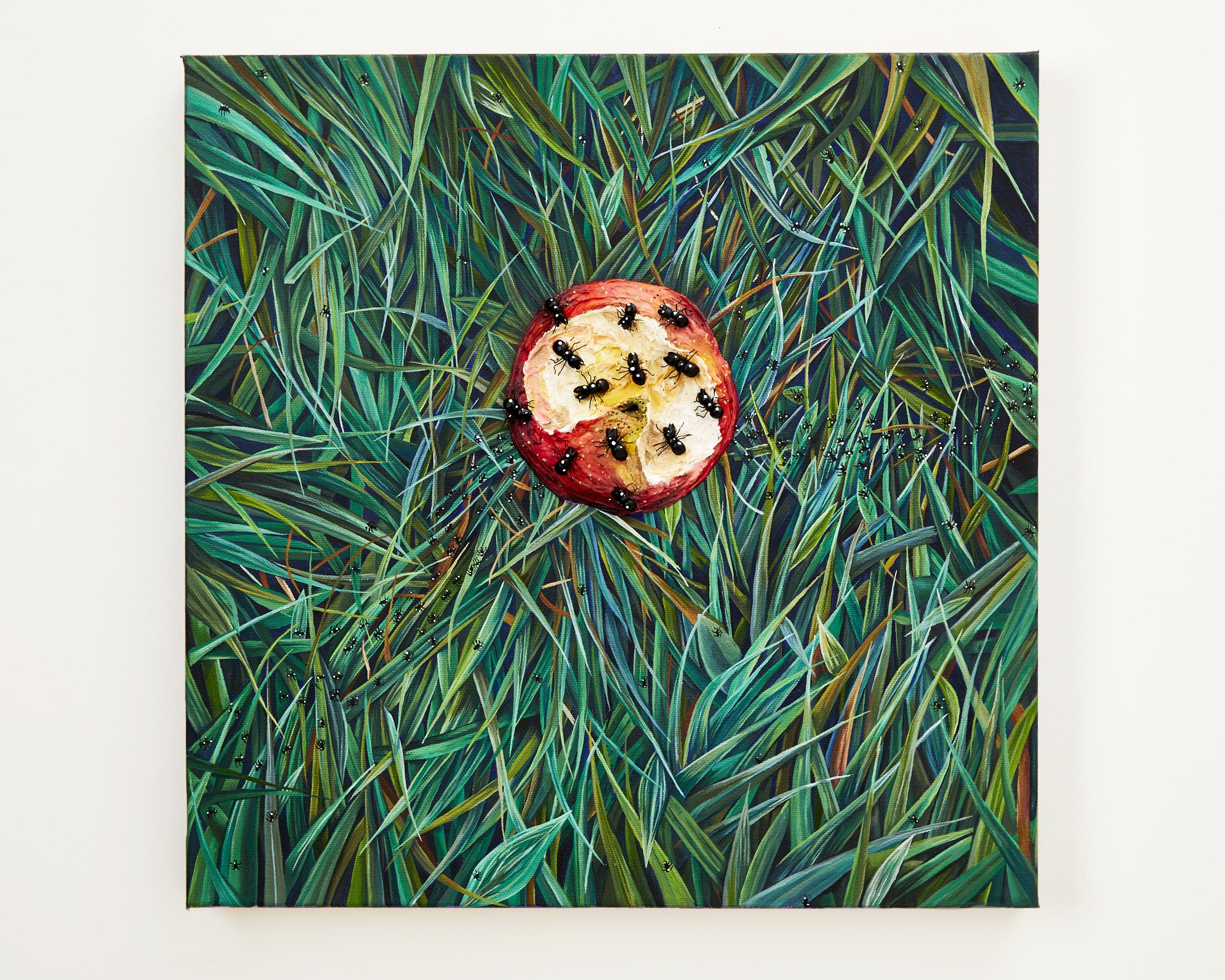
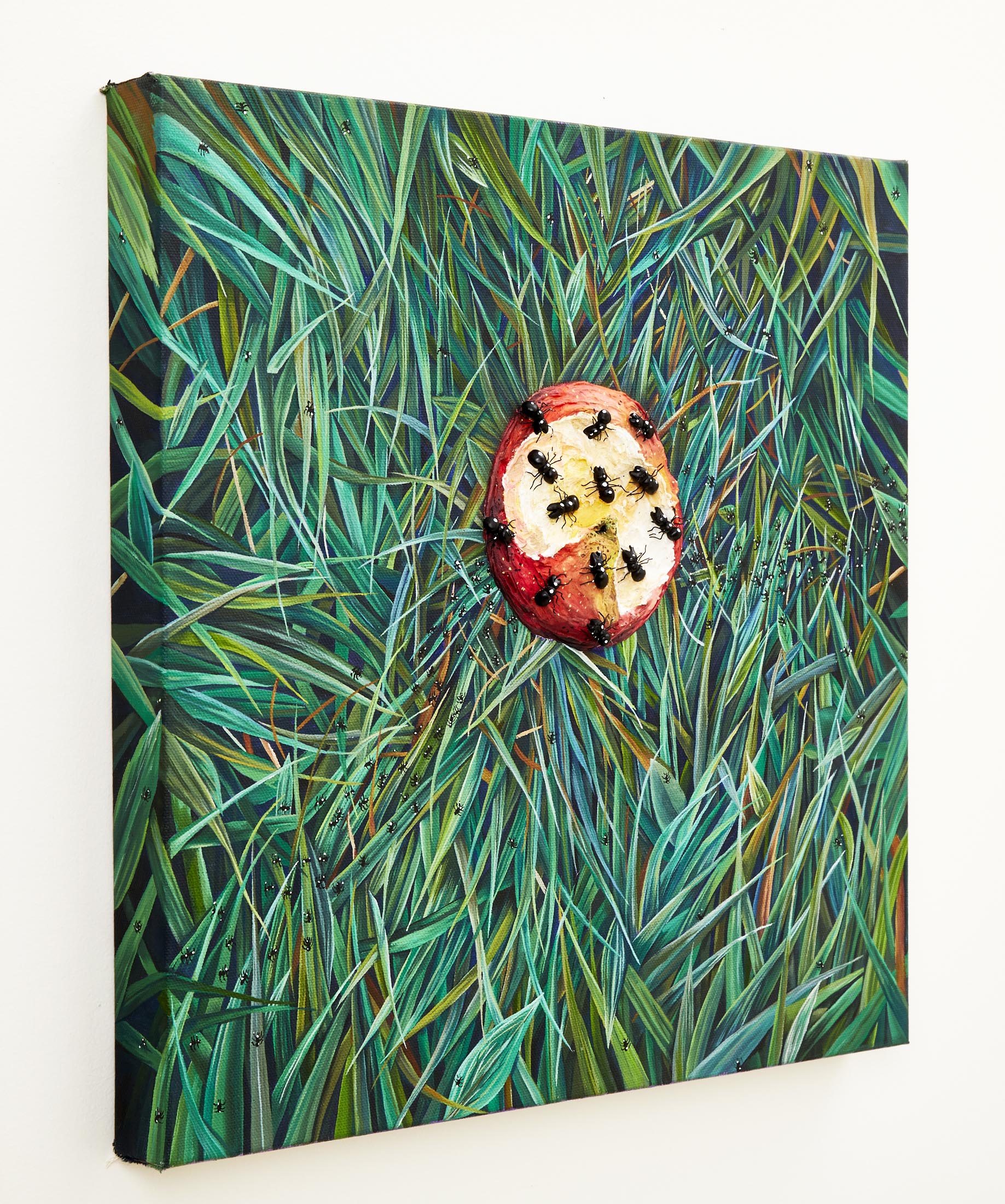
Learn more about the artist by visiting the following links:
copyright © 2024 hopperprize.org • Privacy Policy • Terms & Conditions